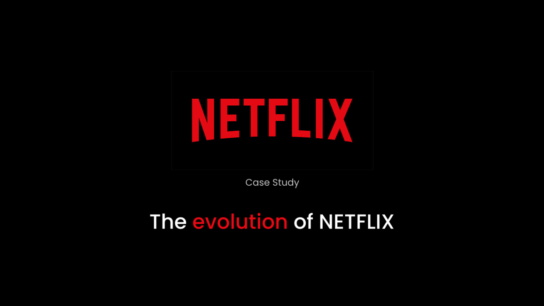Underworld movies, a genre often shrouded in darkness and intrigue, captivate audiences by delving into the hidden corners of society where crime, corruption, and complex characters thrive. These films offer a window into the lives of those who operate outside the law, exploring themes of power, loyalty, betrayal, and survival. From classic gangster flicks to modern noir, underworld movies have left an indelible mark on cinema. Here, we take a closer look at the elements that make these films so compelling and highlight some of the most iconic entries in the genre.
The Essence of Underworld Movies
Crime and Corruption
At the heart of underworld movies lies a world governed by its own set of rules, where crime is a way of life. These films often depict organized crime syndicates, gangs, or lone wolves navigating a landscape filled with danger and deceit. The portrayal of crime is multifaceted, offering both the glamor and the grim reality of a life lived on the edge.
Complex Characters
Underworld movies are renowned for their richly drawn characters. Antiheroes and villains often take center stage, their moral ambiguity creating a fascinating contrast to conventional cinematic protagonists. These characters are frequently driven by a code of honor, personal vendettas, or a quest for power, making their journeys both unpredictable and compelling.
Moral Ambiguity
One of the most intriguing aspects of underworld movies is their exploration of moral ambiguity. The line between right and wrong is often blurred, forcing viewers to question their own ethical beliefs. These films challenge audiences to empathize with characters who operate in the gray areas of morality, adding depth and complexity to the storytelling.
Iconic Underworld Movies
The Godfather (1972)
Francis Ford Coppola’s The Godfather is a cornerstone of the underworld genre. The film chronicles the rise and fall of the Corleone crime family, blending elements of drama, crime, and familial loyalty. Marlon Brando’s portrayal of Vito Corleone and Al Pacino’s transformation from the reluctant Michael to the ruthless don are legendary.
Scarface (1983)
Brian De Palma’s Scarface tells the story of Tony Montana, a Cuban immigrant who rises to power in the Miami drug trade. Al Pacino’s iconic performance as Montana, coupled with the film’s unflinching depiction of violence and ambition, has cemented Scarface as a quintessential underworld movie.
Goodfellas (1990)
Martin Scorsese’s Goodfellas offers an inside look at the life of Henry Hill, a mob associate, from his early days to his decision to turn informant. The film’s dynamic storytelling, memorable characters, and realistic portrayal of the mob lifestyle make it a standout in the genre. Ray Liotta, Robert De Niro, and Joe Pesci deliver unforgettable performances.
City of God (2002)
Fernando Meirelles and Kátia Lund’s City of God takes audiences to the favelas of Rio de Janeiro, where two boys choose divergent paths amidst the violence and poverty. The film’s raw energy, vibrant cinematography, and compelling narrative provide a harrowing look at life in one of Brazil’s most dangerous neighborhoods.
The Departed (2006)
Another masterpiece from Martin Scorsese, The Departed is a cat-and-mouse thriller set in Boston’s crime scene. Leonardo DiCaprio, Matt Damon, and Jack Nicholson star in this tale of undercover cops and criminal moles, blending intense action with deep psychological drama.
The Evolution of Underworld Movies
The genre has evolved significantly over the years, reflecting changes in society and filmmaking. Early underworld movies like Little Caesar (1931) and The Public Enemy (1931) focused on the rise and fall of gangsters during the Prohibition era. As societal norms and cinematic techniques progressed, so did the complexity and realism of the genre.
In recent years, underworld movies have expanded their geographical and cultural horizons. Films like Gomorrah (2008), which explores the Italian Camorra, and The Raid (2011), set in Jakarta’s criminal underworld, showcase the global reach and diversity of the genre.
Conclusion
Underworld movies continue to fascinate audiences with their intricate plots, morally complex characters, and stark portrayals of crime and corruption. These films offer more than just entertainment; they provide a lens through which we can examine the darker aspects of human nature and society. Whether set in the neon-lit streets of Miami, the gritty neighborhoods of New York, or the favelas of Rio, underworld movies remain a powerful and enduring force in cinema.




